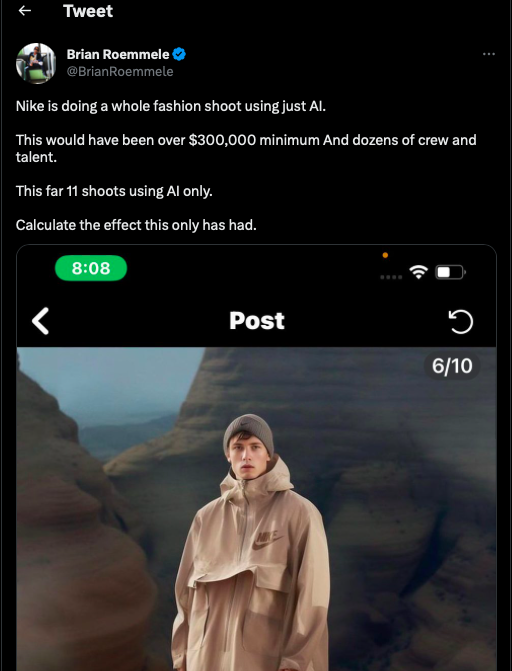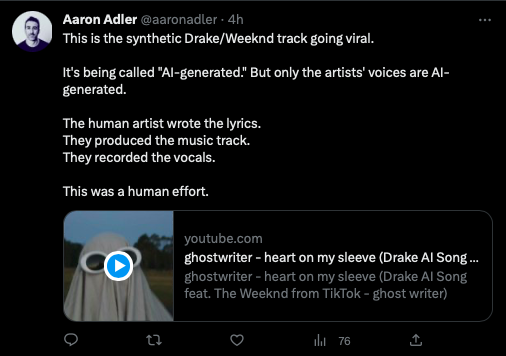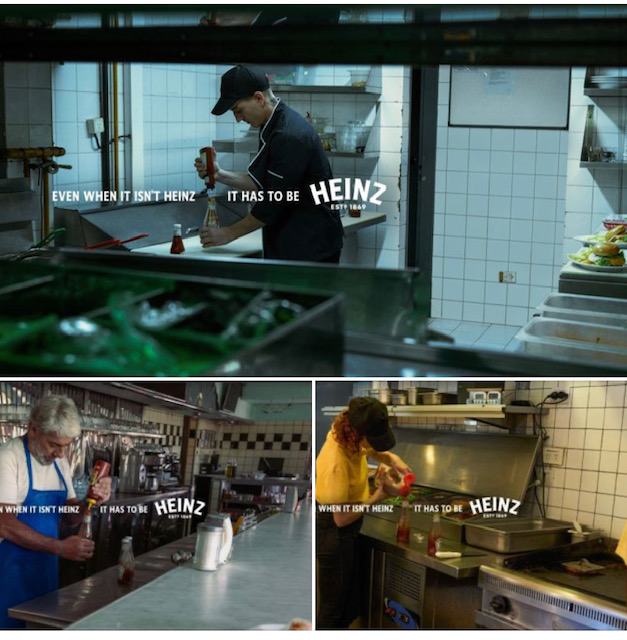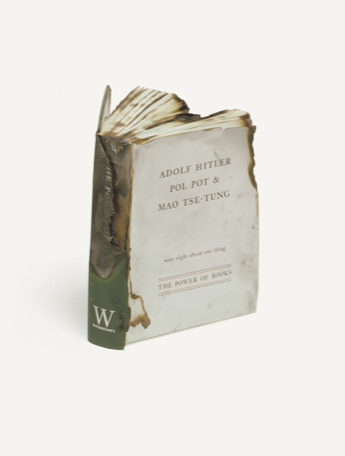Rank Insecurity

When I was maybe three years into my first job, a question popped into my head: ‘Am I now a middleweight?’
For those of you who are a little younger than me, that term is probably one you’ve only heard applied to boxing, but in the early 2000s it was the next stage up the creative ladder from ‘junior’. The stage after that was ‘senior’, then, if your agency was large enough, ‘Group Head’, then came the final level: CD.
We’ll get to the change of job titles in a second, but let’s first address that status uncertainty: the transition from junior to middleweight was not a formal promotion. You could literally declare it, and it would then be so. In practice it was only relevant if you moved jobs and you or your headhunter wanted to frame you in a more substantial way, but it felt like a big-ish deal back then.
Even when I became an agency founder in 2005, junior/middleweight creatives would regularly ask me when they would be allowed to shed the former title and emerge from a kind of creative chrysalis to become the latter. They were delighted when I told them their boss probably couldn’t care less, so they might was well just declare it there and then.
The change to ‘senior’ was harder. You’d probably need at least seven years’ experience, but as it was a slightly more substantial title, you’d also need a decent bit of work behind you. It was also a vaguely formal promotion, so it was usually up to someone else to declare it for you (again, this made more sense if you moved jobs).
Then you became the boss of some sort, with a proper job title, and that was it.
Now we obviously have many, many creative job titles, each of which requires a formal promotion. The journey from placement to junior to copywriter/art director to ACD to CD to GCD to ECD to CCO (or whatever the ladder is like in your country/agency) is a bit of a nightmare because there are no universal criteria for passing each threshold. When you’re a cub scout you know exactly what you have to do to get a Gold Arrow; when you’re a creative there is no such clarity, and it will vary from agency to agency and country to country.
I’d also suggest that the question of whether or not Pete and Mike are now ready to move from ‘copywriter and art director’ to ‘ACD’ is so ridiculously low on a CCO’s list of priorities that they probably care more about the colour of their tea. But now that each ‘band’ does have a set of duties and a suggested salary range, it’s a big deal to anyone wanting make that jump.
Talking of a set of duties, I recently received the following message from an ECD:
A CD used to be the head of the department, now they’re a senior creative, an ECD is kinda head but not really because now we have the CCOs. What next I ponder? And I also feel like my timing has been so shit, when I finally reach that elusive title that I think will see me running things, they invent another one.
Interesting point.
When I was that aforementioned agency founder, my job title was ‘CD’, but I had friends at bigger agencies who were also CDs, despite doing a quite different job to mine. I had to deal with network relationships, P&Ls, shadow P&Ls, hiring, firing, raises, budgets, decisions about whether or not to take on an account etc. They just had to deal with the creative output of one account, and they had a boss of some sort to take any real responsibility off their hands if required.
But now the fragmentation of media means the ‘Big Agency CD’ job has changed. For a start it is now called ‘ECD’, but there are so many pieces of work in so many media to wrangle that one person can’t functionally be across everything. So you have to allow yourself to be subsumed into a team whose leader might not be readily apparent, and that can undermine any authority you might have thought you had. On top of that, there are no universal rules for how this happens, and personalities and agendas might shunt certain people forward, while others shrink back into the shadows.
So that ECD who wrote to me is right: she’s an old-fashioned ‘senior creative’ or ‘group head’, but the title of ECD – Executive Creative Director – sounds very important, and used to describe what is now the CCO (around 2002-2010 the CD title became ECD, before morphing to CCO, although in some agencies/countries the CCO is quite a different position to ECD, carrying more responsibility as a true member of the ‘C-Suite’). So the expectations for anyone in that position should be great, but again the reality depends on the agency and any arrangements that might change from account to account or project to project.
In one situation you might be the boss of bosses; in another, a cog in the machine. That’s quite a whiplash-inducing change, especially as it can happen several times in the same day, but that’s the 2023 reality, and nobody will be coming to sort it out.
In the freelance part of my career I’ve done every creative job, from copywriter to CCO, sometimes writing social lines; sometimes running and presenting major nationwide pitches. At the same time as I was covering those possibilities, I also founded an agency, wrote a blog, produced a series of podcasts, wrote a column for Creative Review and emptied the cat litter.
To me it’s very much the current reality, and if that means occasionally biting my tongue while a less experienced CD rejects my suggestions on the way to a disastrous outcome, then so be it. It’s another skill to know when to push things and when to stand back, and that really only comes with experience. Sometimes people need to make their own mistakes because that’s the best way to learn.
It also helps to avoid being precious. If the ECD that wrote to me can gain anything useful from these circumstances it might be the understanding that losing a battle can help you win a war, and, as the old movie-making cliché goes, Nobody Knows Anything, so chasing a definitive ‘right’ or ‘wrong’ is futile. Just try to help make things as good as they can be but wear your beliefs lightly.
That means that the question of ‘Am I a middleweight?’ might now apply to all of us. Depending on the circumstances the answer can be ‘yes’, ‘no’, or ‘maybe’, and that answer might only be valid for a single response in a single moment.
Greet all that uncertainty with a winning smile, and you’ll have a much better chance of staying sane.
Good luck!
























